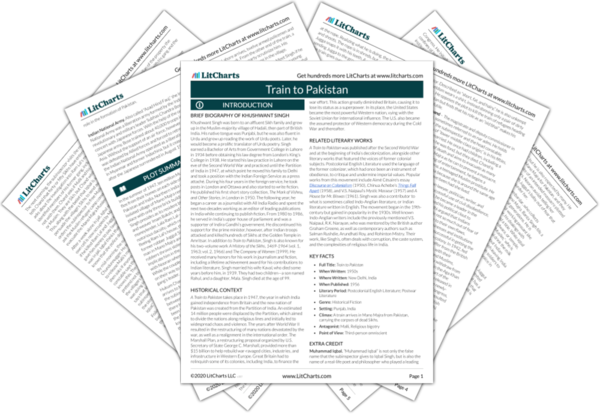Also known as “Muhammad Ali” and Qaid-i-Azam (“Great Leader”), Jinnah was an Indian Muslim politician who served as the leader of and was the founder and first governor-in-chief of the newly formed state of Pakistan. He started his political career in 1906 and worked in concert with members of the Indian National Congress. He initially viewed Muslim interests within the confines of Indian nationalism. An admirer of British institutions, he hoped that one day India could elevate itself to a similar functioning level and earn more respect in the international community. He sought unity between Hindus and Muslims and suggested that the Congress Party and the Muslim League hold joint annual meetings. When Mahatma Gandhi became a leader of the Congress Party in 1920, Jinnah opposed his boycotts against the British and disliked Gandhi’s singularly Hindu approach to politics. Jinnah withdrew his memberships from the Congress Party and the Home Rule League—a political organization dedicated to self-government. However, he remained a vocal supporter of Hindu-Muslim unity. By 1937, relations between Hindus and Muslims had deteriorated due in large part to the Congress Party’s consolidation of power. Though Jinnah was initially reluctant to pursue the formation of a separate state, he emerged as the clear leader of what would become Pakistan. The Congress Party found the notion of a separate state ridiculous and opposed it, as did the British government, which was intent on maintaining the unity of India. However, Jinnah’s political acumen and leadership within the movement eventually convinced both the Congress Party and the British to relent. Pakistan became an independent state in 1947.
